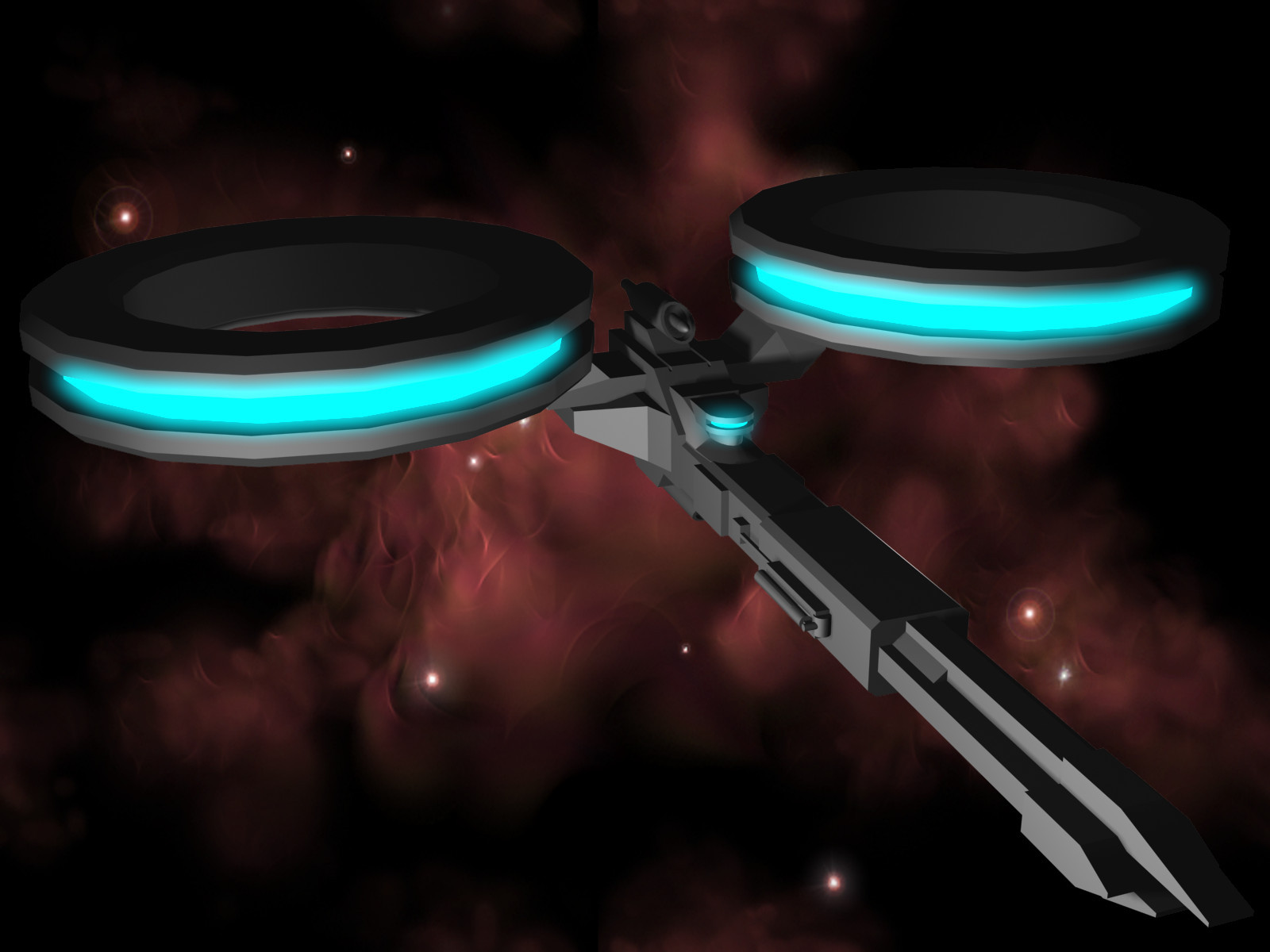HOME | DD
 FatalPapercut — Deep Space Research Vessel
FatalPapercut — Deep Space Research Vessel

Published: 2008-08-18 17:54:22 +0000 UTC; Views: 1554; Favourites: 20; Downloads: 12
Redirect to original
Description
Deep Space Research Vessel - FrontDescription:
Deep Space Research vessels were among the first generation of capital class ships to be built after new drive systems were developed to replace the aging and inefficent chemical propulsion engines. While the newer and as yet unrefined propulsion systems tended to be a bit rough, they provided tremendous accelleration and maneuvarability. As a drawback, the frame of the ship undertook unnaturally high levels of strain, and the engines were reworked to provide less of an output.
However, due to the nature of their design and purpose, DSR vessels were fitted with the original raw output engines, allowing them enormous operational ranges. To compensate, the frames of the DSR's were reinforced to cope with the added stress of the raw output engines.
Also equipped on the DSR vessles were a pair of Deep Nebula Analyzers pods (D-NAps for short) on the top and bottom of the stern to allow for extensive scanning of spacial anomolies and gaseous clouds that normal sensors had trouble penetrating.
Along with the D-NAps, the DSR vessel is equipped with a pair of folding "propeller" radio transmission units on the left and right of the main hull. Called "propeller" due to the fact that, when deployed, the antenna arms resemble ancient turboprop aircraft, the transmitters are capable of sending messages ten times faster, and nearly fifty times farther than the built-in transmitters on combat ships.
The two outer hull rings, referred to as "Chainlinks" by the crew, contain a myraid of equipment. Crew quarters and recreatonal areas are also located here, as well the infirmary, some labratories, the galley, and conference rooms. Each ring is essentially a mirror image of the ring opposite it, minimizing the need for crew members to travel between the two. By situating all the living quarters here, the main hull is freed up for data collection and storage devices.
The bow of the DSR vessel contains a pair of modified torpedo tubes loaded with "spiderleg" remote observational satellites. Spiderleg satellites use the same frame as the propeller transmitters, but have downgraded capabilities to accomidate onboard data storage and a small propulsion system. The spiderlegs are normally deployed into areas deemed hazardous for human life, or into areas too small for the enire ship to safely transverse.
DSRs themselves are largely unarmed, save for a sparse flak cannon network or perhaps a fighterwing or two. A DSR's survivability comes from its ability to outrun anything it encounters.
Due in part to the sucess of the first DSR's, the design of the frame was recycled into the Cruiser class combat ship, with modified drive systems and the removal of the rings, since it was deemed that a combat ship had no need for research modules, and the rings only offered more of a target for enemies. Since the data storage equipment was no longer needed, the crew quarters were reworked into the hull, and the bow was modified to equip weapon platforms.
Some DSR's are still operational as explorer ships, but most have been recalled to act as reconnisance and scout ships for military fleets.
Armament:
-Point Defense Flak Cannon (Some)
-Strike Craft Squadron (Space for 2)
Alternate Views:
Back
Profile
Bridge Detail
Notable Ships of the Line:
-DSRV-0083 Scrying Glass
Other notes:
-Bridge and engine design inspired by fleet elements created by TheOrangeGuy
Related content
Comments: 5

Nope. Although i do have sketchup on my laptop, all the work ive uploaded was made and rendered in 3D Studio Max 9
👍: 0 ⏩: 1


























